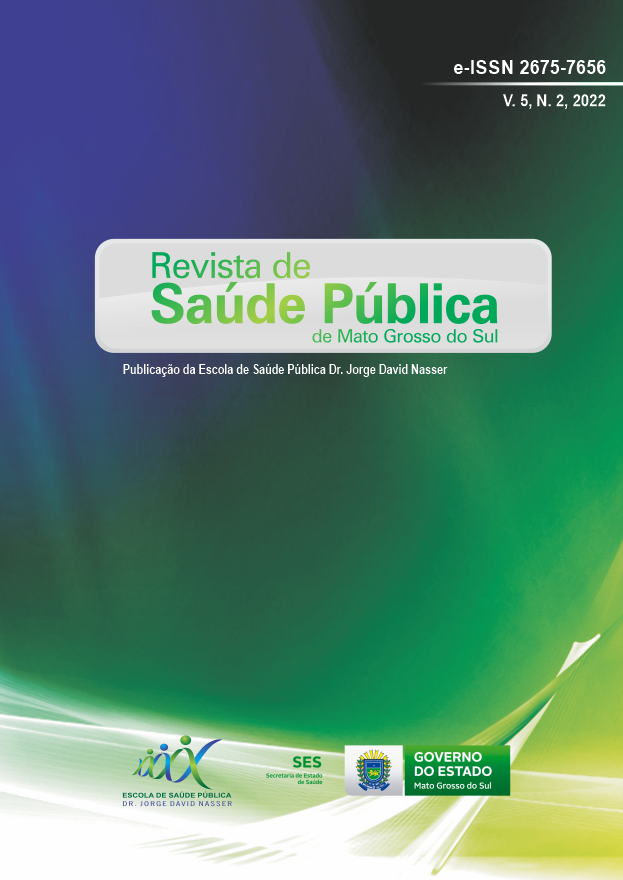Prematurity and factors associated with prenatal in a reference maternity hospital
Keywords:
Prenatal Care, Health Policy, Infant, PrematureAbstract
Introduction: In Brazil, prematurity is a public health problem as it is among the main causes of death in the neonatal period and in children under five years of age. Objective: To investigate the frequency of prematurity and associated factors in a reference maternity hospital. Materials and Methods: This is a cross-sectional, descriptive study, with collection of primary and secondary hospital data from adult puerperal women residing in Macaé, Rio de Janeiro, between August and December 2014. A structured questionnaire was used with information about the puerperal woman and newborn. Socioeconomic, demographic, prenatal and birth weight characteristics were analyzed. The proportions were compared using the χ2 test, and the joint relationships between the selected variables were explored using multiple correspondence analysis. Results: A total of 103 postpartum women participated in the study, with a mean age (±SD) of 25.5(±4) years. Prematurity was detected in 10.7%, and low birth weight in 7.8% of newborns. Prematurity was associated with postpartum women not having a partner, having low schooling, family income of up to 2 minimum wages, being overweight (overweight and obese) pre-gestational, having a number of prenatal consultations equal to or greater than six, the newborn has low birth weight. Conclusion: The frequency of prematurity was high and the associated factors were marital status, income, education, overweight, number of prenatal consultations and low birth weight.
Downloads
Published
How to Cite
Issue
Section
License
Copyright (c) 2023 Jane de Carlos Santana Capelli, Luana Silva Monteiro, Thainá Lobato Calderoni, Cleber Nascimento do Carmo, Mônica de Carvalho Feroni, Simone Augusta Ribas (Autor)

This work is licensed under a Creative Commons Attribution 4.0 International License.
O (s) Autor (es) declara (m) que ao submeter um manuscrito na Revista de Saúde Pública de Mato Grosso do Sul, concorda (m) com os termos da Declaração de Direito Autoral e autoriza (m) a Revista de Saúde Pública de Mato Grosso do Sul a publicar o manuscrito sob a licença Creative Commons Atribuição 4.0 Internacional e identificar-se como veículo de sua publicação original.




